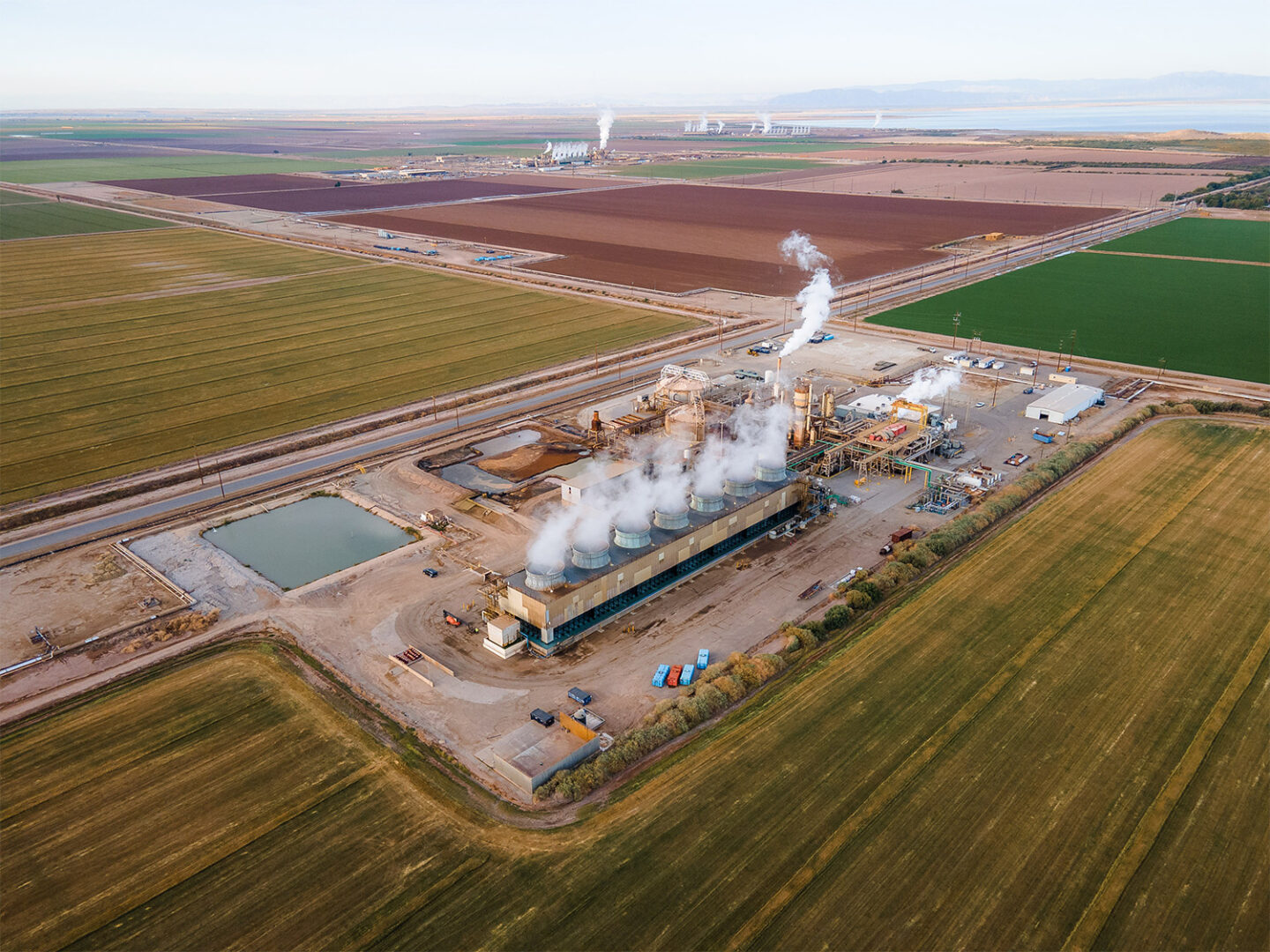Adapted from a Nov. 28 news release by DOE’s Office of Energy Efficiency & Renewable Energy.
On Nov. 28, The U.S. Department of Energy announced results of the most comprehensive analysis to date quantifying the domestic lithium resources in southern California’s Salton Sea region. The analysis led by DOE’s Lawrence Berkeley National Laboratory (Berkeley Lab) found that with expected technology advances, total resources in the region could contain more than 3,400 kilotons of lithium, enough to support over 375 million batteries for electric vehicles (EV) – more than the total number of vehicles currently on U.S. roads.
“Our analysis concludes that the geothermal brines from the Salton Sea Known Geothermal Resource Area have significant potential as a domestic source of lithium,” says Patrick Dobson, lead author and geological scientist at Berkeley Lab. “Lithium is a critical mineral used in batteries for stationary storage and EVs, and a crucial component of our nation’s transition to a more sustainable and renewable future.”
The United States currently has limited capabilities to recover, refine, and produce domestically sourced lithium, meaning nearly all lithium for U.S. needs must be imported. Geothermal brines, which are a byproduct of geothermal electricity generation, can have high concentrations of minerals like lithium and zinc. While exact concentrations of these minerals depend on the location and surrounding geology, the use of direct lithium extraction (DLE) from geothermal brines offers a promising opportunity to couple clean, renewable electricity with a source of domestic lithium.
Findings of the analysis are based on the ability to access the entire Salton Sea geothermal reservoir for electricity production, as well as the ability to fully extract lithium resources from resulting geothermal brines. In addition, because of the reservoir’s rich potential, accessing even a portion of the reservoir represents a significant lithium resource for the nation. The analysis also evaluated many of the potential environmental impacts that could result from increased geothermal power production and associated lithium recovery operations.
The Geothermal Technologies Office (GTO) funded the lithium quantification report, part of DOE’s portfolio researching lithium extraction from geothermal brines.
For more information, this StoryMap provides a multimedia summary of recovering lithium from the brines deep underneath the Salton Sea area. The immersive piece tells the story of how geothermal power works, why lithium is important and what makes its recovery there possible, and how a lithium recovery industry might fit in with the social and environmental context of the region.
###
Lawrence Berkeley National Laboratory (Berkeley Lab) is committed to delivering solutions for humankind through research in clean energy, a healthy planet, and discovery science. Founded in 1931 on the belief that the biggest problems are best addressed by teams, Berkeley Lab and its scientists have been recognized with 16 Nobel Prizes. Researchers from around the world rely on the lab’s world-class scientific facilities for their own pioneering research. Berkeley Lab is a multiprogram national laboratory managed by the University of California for the U.S. Department of Energy’s Office of Science.
DOE’s Office of Science is the single largest supporter of basic research in the physical sciences in the United States, and is working to address some of the most pressing challenges of our time. For more information, please visit energy.gov/science.
